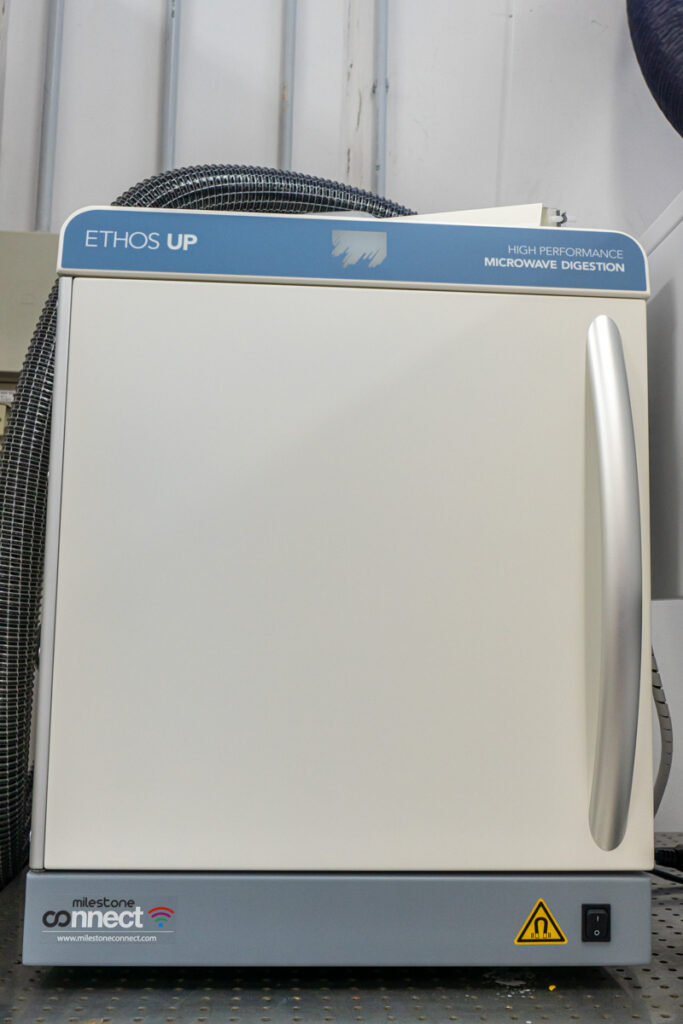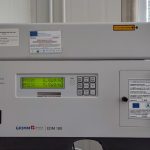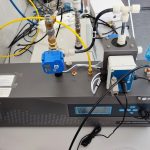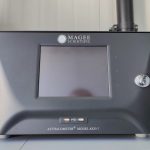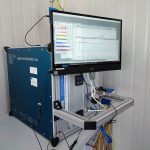ICP-OES 5800 AGILENT
Contact person:
Serena Trippetta
ICP-OES (Inductively coupled plasma – optical emission spectrometry) is a technique for measuring the concentration of chemical elements contained in the atmospheric particulate collected on the filtering membranes. The atmospheric particulate is converted into a liquid solution by microwave enhanced acid digestion prior to ICP-OES analysis. The solution to analyse is conducted by a peristaltic pump though a nebulizer into a spray chamber. The produced aerosol is lead into an argon plasma. Plasma is the forth state of matter, next to the solid, liquid and gaseous state. In the ICP-OES the plasma is generated at the end of a quartz torch by a cooled induction coil through which a high frequency alternate current flows. As a consequence, an alternate magnetic field is induced which accelerated electrons into a circular trajectory. Due to collision between the argon atom and the electrons ionization occurs, giving rise to a stable plasma. The plasma is extremely hot, 6000-7000 K. In the induction zone it can even reach 10000 K. In the torch desolvation, atomization and ionizations of the sample takes place. Due to the thermic energy taken up by the electrons, they reach a higher “excited” state. When the electrons drop back to ground level energy is liberated as light (photons). Each element has its own characteristic emission spectrum that is measured with a spectrometer. The light intensity on the wavelength is measured and with the calibration calculated into a concentration.

